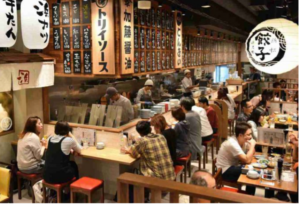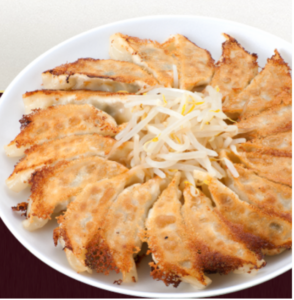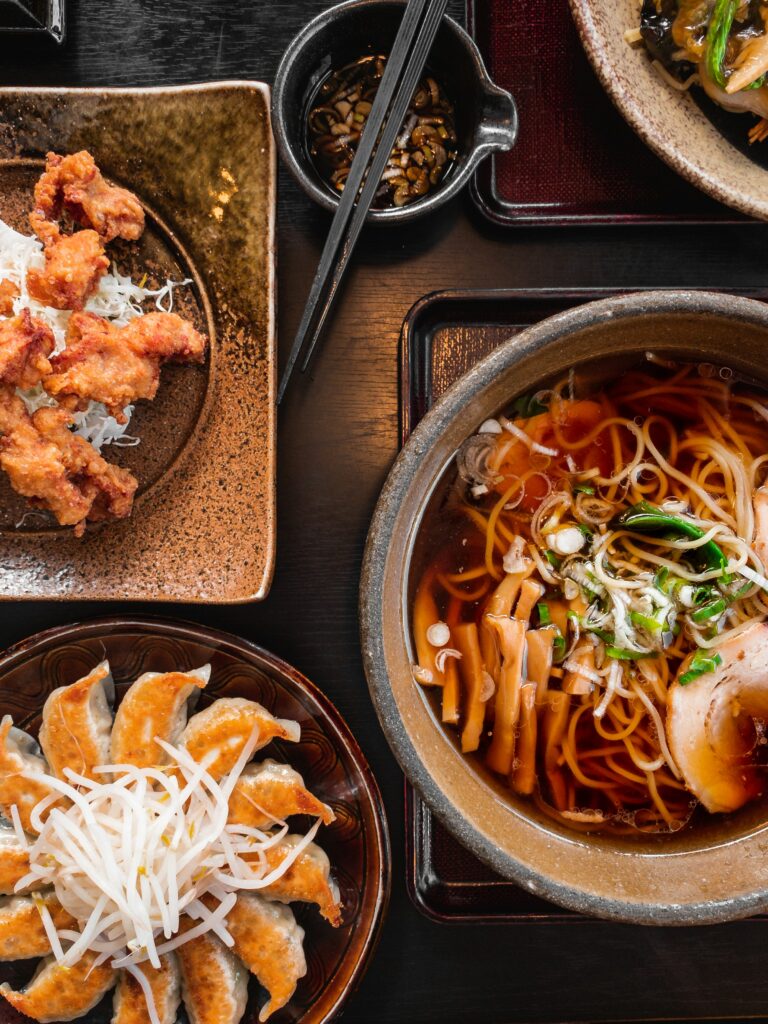Today, Gyoza has become an internationally famous dish, increasingly popular with Westerners. But where does gyoza really come from, and what is its history? Let's find out together!
The birth of gyoza
It all began in the towns of Hamamatsu and Utsunomiya. The story goes that after the end of the Second World War, Japanese soldiers returning from China recreated the ravioli they had enjoyed so much there. But just after the war, there was a huge shortage of... saucepans! So, rather than cooking the ravioli over a pan of boiling water, the soldiers chose to fry them on a curved griddle. This is how Chinese ravioli became Japanese gyozas. As most of these soldiers belonged to the regiments of Utsunomiya and Hamamatsu, these two towns naturally became the cradle of gyoza.
A passion that never stops growing
If you're a fan of gyozas, here are two names to remember: Utsunomiya and Hamamatsu.
Every year, they compete to see which city eats the most gyozas. This ranking is taken very seriously by the Japanese authorities, who believe that the consumption of gyozas reflects the economic health of Japanese households.
Between 2018 and 2021, the Japanese statistics office established that the small town of Utsunomiya, north of Tokyo, was the leading city in the country in terms of gyoza consumption. Some say that Utsunomiya has more than 200 gyoza restaurants for a population of 516,000!
A cheap, everyday dish
Although often considered ramen's best friend, gyoza is widely regarded as a single dish.

You can buy it everywhere: takeaway in restaurants and from street vendors, ready-to-eat in supermarkets, fresh in delicatessens and ... in vending machines!
Gyozas are popular dishes at affordable prices. On average, you should expect to pay €3 for a plate of six gyozas or €10 for a plate of twenty. Popular with children and adults alike, it's almost impossible to resist the delicious smell of a grilled gyoza.
What's in a Gyoza?
Gyoza consists mainly of minced pork and vegetables, but of course each restaurant tries to develop its own recipe to differentiate itself from the others, so there are hundreds of different gyozas.
We can identify two styles of gyoza. Utsunomiya is the most commonly eaten. It is made from local products such as Hakusai (Chinese cabbage) and Nira (Chinese leaves) and can be eaten individually.
Hamamatsu is cooked in a very special way. The bottom of a frying pan is covered with tightly packed gyozas, arranged in a circle. The dish is then served upside down, like a tarte tatin. The crispy, grilled side of the gyoza is on top.
Hamamatsu is cooked in a very special way. The bottom of a frying pan is covered with tightly packed gyozas, arranged in a circle. The dish is then served upside down, like a tarte tatin. The crispy, grilled side of the gyoza is on top.

What sauce to serve with gyoza?
Traditionally, gyoza restaurants serve chilli oil (Ra-yu), vinegar and soy sauce. Depending on your taste, you can mix these three ingredients together to make your own sauce.
However, as with gyoza recipes, sauces have changed and evolved over time. Restaurants have created their own sauces to accompany their own gyoza recipes.
So when you're in Japan, make sure you stop off at Hamamatsu or Utsunomiya to sample as many gyozas as you can.





